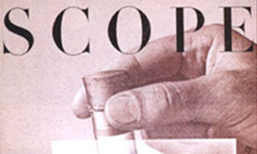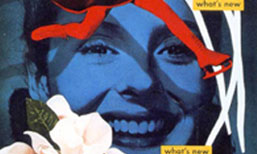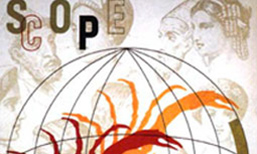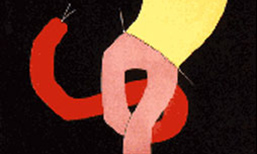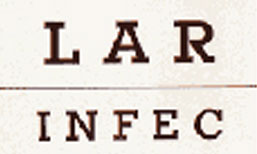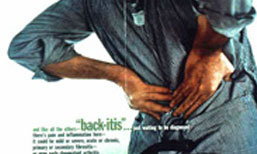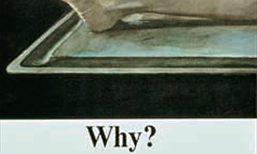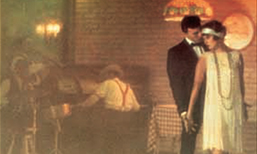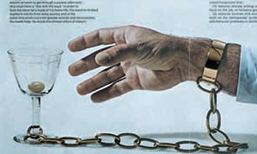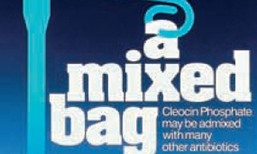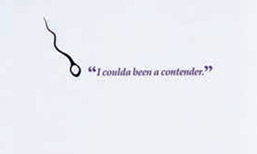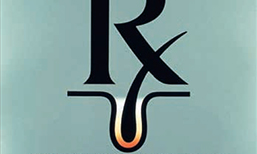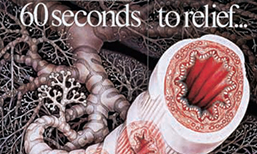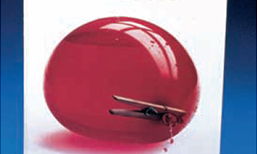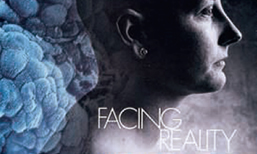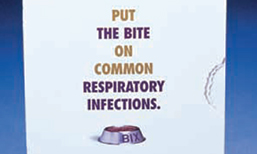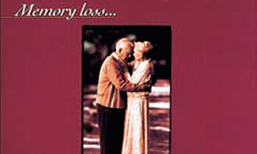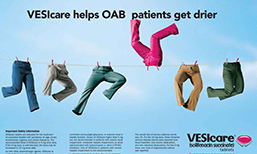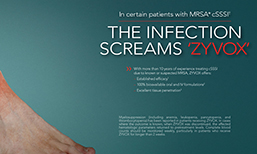Learn how the industry has evolved over the past 70 years and view some past ads by selecting a decade below.
The Boom Years
Immediately after WWII, the pace of medical advertising intensified. Research provided breakthrough products; Medicine Avenue provided a new promotional philosophy and a new promotional style, launching the industry’s “Golden Age.”.
The Founders of Medicine Avenue: Moving into the 1940s, Frohlich, Hennessey, Sackler and Sudler were to establish agencies that would become central to medical advertising for the next 20 years. In 1942, Hennessey became a partner with Sudler in Sudler & Hennessey, at the time a design studio. Also in 1942, Sackler bought into William Douglas McAdams, on his way to controlling the ownership of the agency. In 1943, Frohlich opened his agency. The 1940s saw another important name enter the agency lexicon—Paul Klemtner—who had served Rx clients as a certified public accountant in the late 1930s.
Advertising of the 1940s
The “Wonder Drug” Wave: This group of agencies was ideally positioned to benefit from the flood of new pharmaceuticals that emerged from European and American research laboratories in the 1950s. The “wonder drug” era had arrived. Diseases previously untreatable suddenly could be cured or alleviated by new medication. Medical advertising agencies had the enviable task of delivering the inspiring message of technological advances to healthcare practitioners.
Advertising of the 1950s
Regulation Reshapes Rx Advertising
The Kefauver hearings resulted in legislation that gave the FDA expanded authority over pharmaceutical research and the approval of new drugs. It also empowered the FDA to closely monitor pharmaceutical promotion. After a period of adjustment, manufacturers and ad agencies learned to live within the new environment and, with research still producing milestone products, the boom continued.
Advertising of the 1960s
New Names on “Medicine Avenue”
Agency proliferation accelerated in the 1970s with the unexpected breakup of the Frohlich agency and departures from the older agencies, which greatly expanded the roster of “Medicine Avenue.”.
Advertising of the 1970s
Acquisitions, International Expansion, and DTC
The purchase of medical agencies by consumer agencies continued. American agencies furthered their overseas involvement. Direct-to-consumer advertising arrived to greatly expand the promotional mix.
Advertising of the 1980s
Recession and Rebound
Uncertainty about the new federal healthcare legislation, as well as the rapid growth of managed care, prompted a decline in promotional expenditures. However, when the proposed legislation failed in Congress and managed care formularies proved less restrictive than anticipated, the industry responded with renewed energy and promotional activity.
Advertising of the 1990s
2000 to Present
The decade from 2000 to 2010 sees a shift in promotion to specialty drugs as the unmet needs of the primary care physician waned, and selling to the PCP became harder as managed care established greater control into the pharma buying decision. It was also the decade of “lifestyle” drugs for conditions like erectile dysfunction and overactive bladder. Still, the work that medical agencies produced was very strong.

